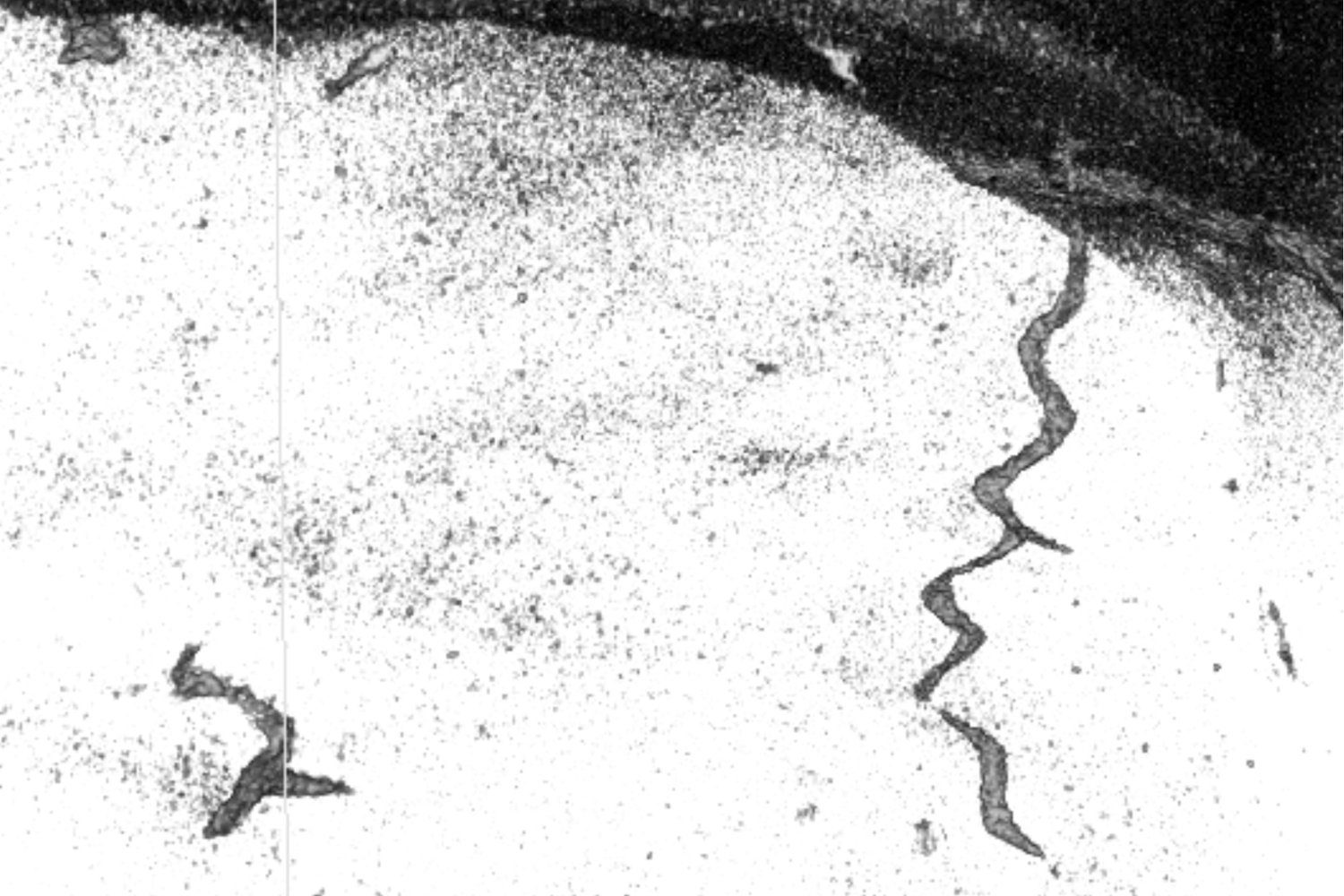
Recent research reveals that creatures thriving in one of Earth’s most extreme habitats—beneath the ocean floor—are not merely survivalists; they are actively reshaping their environment. These marine animals are manipulating the sediment and laying the groundwork for various other life forms.
The research team conducted sediment core sampling in the Japan Trench, located in the Pacific Ocean near Honshu. Their focus was on the hadal zone, the ocean’s deepest area, approximately 4.66 miles (7.5 kilometers) below the surface. Remarkably, life persists even in such depths. The findings of this study were published today in Nature Communications.
Known as bioturbation, this natural process involves animals or plants aerating and hydrating sediment. Many organisms, including those residing beneath the ocean floor, engage in this activity through burrowing. This process significantly influences nutrient cycling within sediment ecosystems, thereby affecting overall ecosystem dynamics.
“Deep-sea benthic communities have often been perceived as having low biodiversity and biomass due to challenging factors like limited food and energy,” explained Jussi Hovikoski, a sedimentologist at the Geological Survey of Finland and lead author of the study, in an email to Gizmodo. “However, recent studies in hadal trenches have uncovered an unexpected variety of life, including holothurians, polychaetes, bivalves, isopods, actinians, amphipods, gastropods, and benthic fish.”
Last year, a separate team of researchers found visible life lurking beneath the ocean’s seafloor, which has challenged previous notions about the organisms that exist in one of the planet’s most extreme locations. This discovery also provided insights into what extraterrestrial life might resemble, particularly within the subsurface oceans of various celestial bodies. The latest research builds on this narrative by demonstrating how these deep-sea environments regenerate, thereby replenishing the local habitat with essential nutrients and oxygen.
The researchers analyzed 20 sediment cores from the Japan Trench, employing X-ray technology to investigate their composition and the historical sequence of organisms that inhabited them.
“Our results indicate that when turbidity currents slow down at the trench’s base, the concentrated sediment clouds can temporarily smother the benthic organisms,” Hovikoski remarked. “However, this is soon followed by a burst of colonization, as opportunistic benthic species return to take advantage of the newly nutrient-rich and oxygenated sediment.”
The sediment accumulation was attributed to gravity flows, with silt and organic material descending from higher areas in the trench and settling at the sampling site. This influx of sediment is notably richer in nutrients and oxygen, providing a much-needed boost for those species that make their homes in the deep.
In the following video, a 3D scan showcases the trace fossil Pilichnus—burrows extending through the ocean sediment—likely made by bivalves that were among the last to arrive, as indicated by the researchers.
“As organic material breaks down over time, the sediment can become anoxic, leading to changes in the microbial communities,” Hovikoski continued. “This final phase of colonization is characterized by invertebrates that feed on the microbial life, which likely includes certain bivalve species based on their burrow structures.”
The seabed is teeming with life. In the absence of sunlight, bioluminescent organisms light up their surroundings, and some rocks have even been found to produce oxygen. Our understanding of these deep-sea phenomena continues to expand; earlier this year, the renowned Alvin submersible was certified to dive deeper than 21,000 feet (6,500 meters), enhancing humanity’s ability to explore the ocean’s depths.
These findings, coupled with astronomical studies of nearby moons like Europa and Enceladus, ignite interest in sending a probe to these distant celestial bodies. Life, as we understand it, requires water, and the latest discoveries provide intriguing possibilities about what alien life forms might exist—though true confirmation awaits further exploration.









